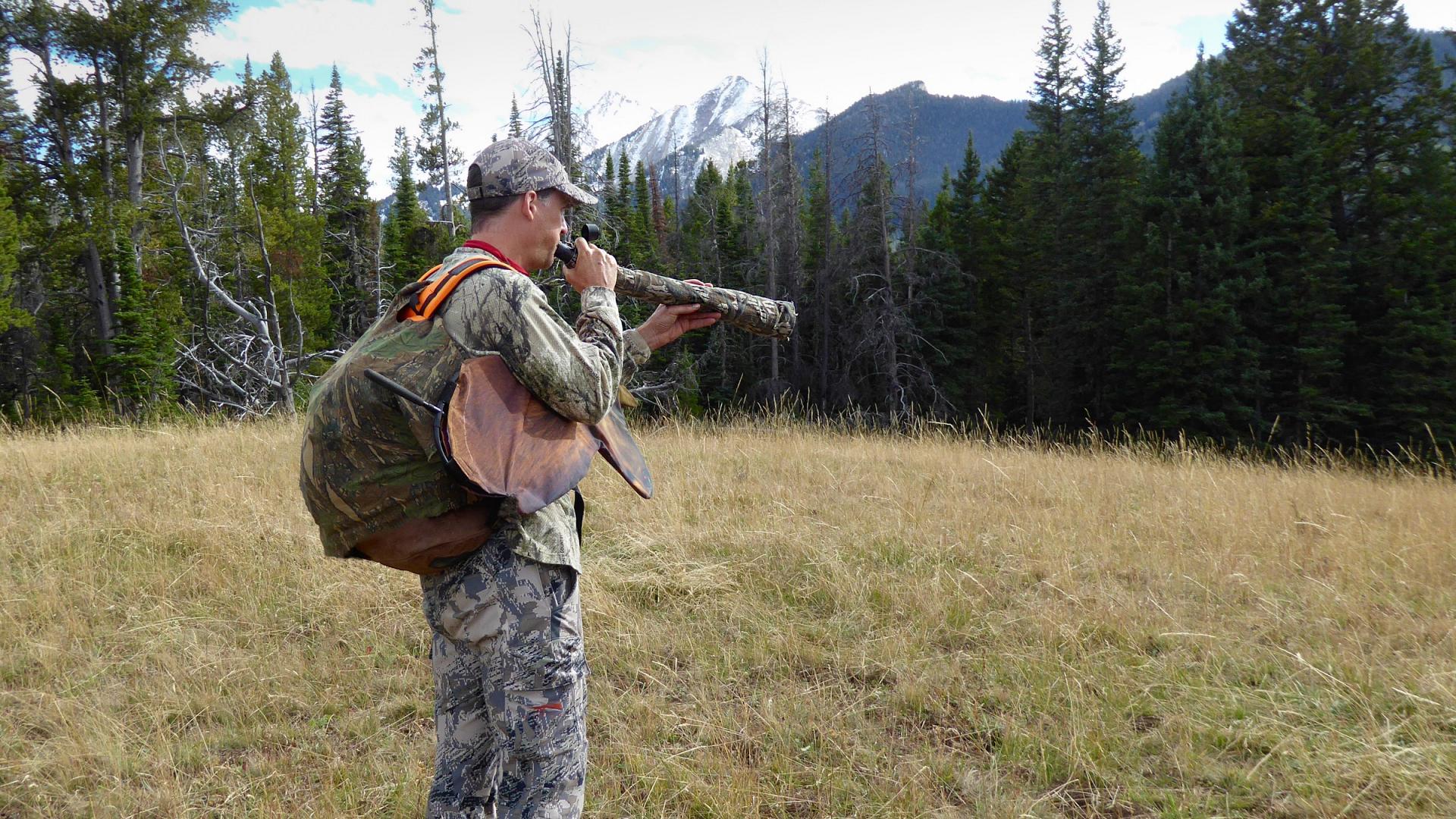Elk Talk
How to make 4 crucial bull and cow elk calls
Advertisement
To effectively call in a big bull, you first need to learn what elk sound like, then practise imitating those sounds. And don’t worry—you don’t need to be a world champion caller to be effective. Still, the better your call, the better your odds of drawing in a bull.
Bull Growl and Bugle
A normal bugle sequence starts with a roar, immediately followed by a series of notes sliding from low to high in pitch. The call increases in speed toward the highest note, which is held the longest, then released with a short, low grunt. To create a roar, make a growling rrrr sound deep in your chest. The full bugle sequence sounds like rrrr-eeee-EEEEE-uh
Advertisement
Bull Growl, Bugle, Chuckle
The chuckle is a series of panting grunts that may follow a bugle. You can also hear them on their own. Established herd bulls chuckle as a sign of dominance, and any bull that’s vying for cows will chuckle when challenging another bull.
Advertisement
Young or Satellite Bull (High-pitched Bugle)
Young bulls make shorter, higher pitched bugles than bigger bulls. To sound younger, reduce your volume and increase the bugle’s pitch by switching to a different reed or, if possible, shortening the bugle tube.
Cow Elk Calls
Cow elk call to their calves, other cows and bulls with a mew. Typically, it’s a calming call that puts the herd at ease. It typically starts on a high note and ends with a shorter, lower note, sounding like a meeh-ew or a whiny *eeeee-ow* lasting one to three seconds.

